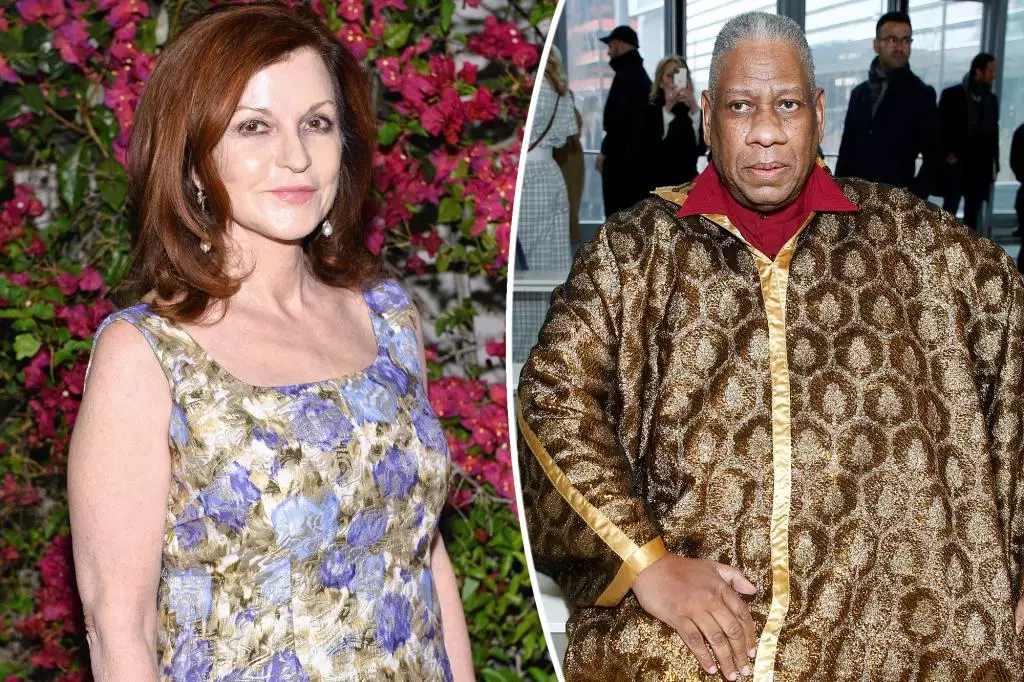In the realm of fashion and cultural commentary, few figures have left as indelible a mark as Andre Leon Talley. His recent impact on New York Times columnist Maureen Dowd exemplifies the profound connection between personal style and creative genius. At a recent event at the 92nd Street Y, Dowd regaled attendees with tales of her week-long encounter with Talley, who came to stay with her in 2012. Dowd paints a vivid picture of Talley’s distinct ability to combine flamboyance with keen intellect. While his time with her was rooted in misfortune—a bout with the flu—it resulted in an unforeseen metamorphosis of her fashion sensibilities.
Demanding Excellence
Talley’s approach to style was not merely superficial; it was rooted in a philosophy of excellence. He did not just critique Dowd’s wardrobe; he insisted on actionable changes. “Come back here and iron that!” was not just a whimsical line; it embodied his philosophy of demanding high standards in all aspects of life. This fervent insistence on elegance extended beyond mere clothing—it was a broader commentary on self-worth and how one’s exterior can reflect internal states. By transforming mundane daily activities into critical rites of personal expression, Talley’s influence was a call to arms for authenticity in self-presentation.
The Cultural Exchange
Perhaps the most endearing aspect of Dowd’s reminiscences is the intimate exchange that evolved amid the fashion fixes. After wrestling with hangers and ironing boards, the duo settled into the leisure of French cinema, showcasing Talley’s duality as both a fashion guru and a cultural connoisseur. Engaging in discussions about the sartorial choices of icons like Jeanne Moreau and Catherine Deneuve illuminated Talley’s multi-faceted insights into art and aesthetics. This exchange illustrates how fashion and intellectual discourse can intertwine, revealing deeper layers of understanding between individuals who share a passion for beauty.
The Legacy Lives On
Talley’s influence continues to resonate not only in the world of fashion but also in the cultural narrative that shapes our understanding of style’s role in personal identity. His tenure at Vogue from 1983 until his passing in 2022 was marked by groundbreaking contributions that redefined the fashion landscape. The illustrious guest list at his funeral highlighted the breadth of his impact, including luminaries like Anna Wintour and Naomi Campbell—figures who, too, have played pivotal roles in crafting the narrative of modern fashion.
Talley’s legacy challenges us to reevaluate our own relationship with style. It encourages a conscientious approach to presentation, nudging individuals to engage not just with fashion as a fleeting trend, but as a substantial part of personal identity and expression. The narratives we weave through clothing are just as significant as those we spin through word; both are mediums for communicating who we are.
Through Dowd’s insights, we are reminded that fashion is not solely about aesthetics—it’s a canvas for storytelling, rooted in personal experiences and magnified through the lens of collective cultural heritage.


Leave a Reply